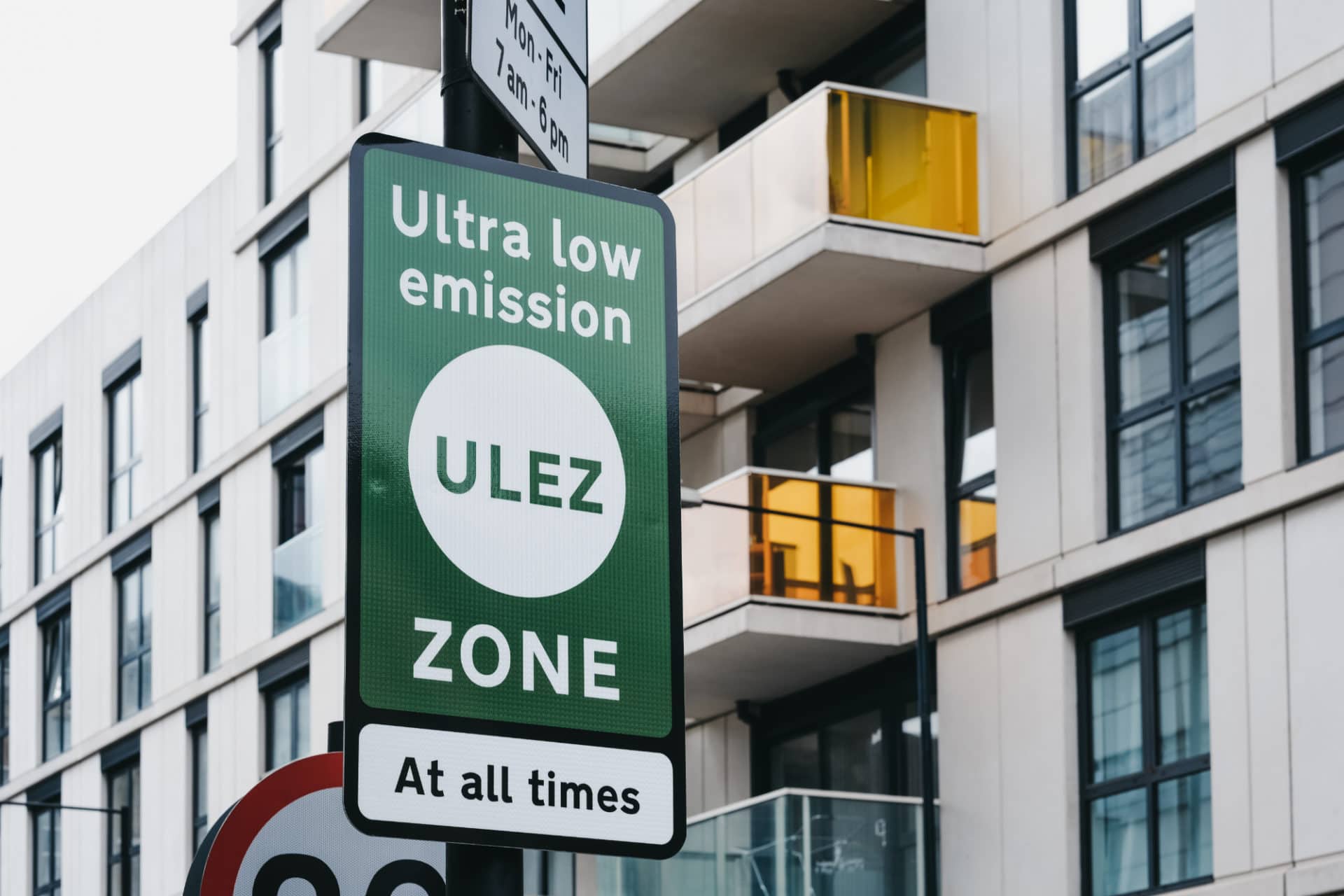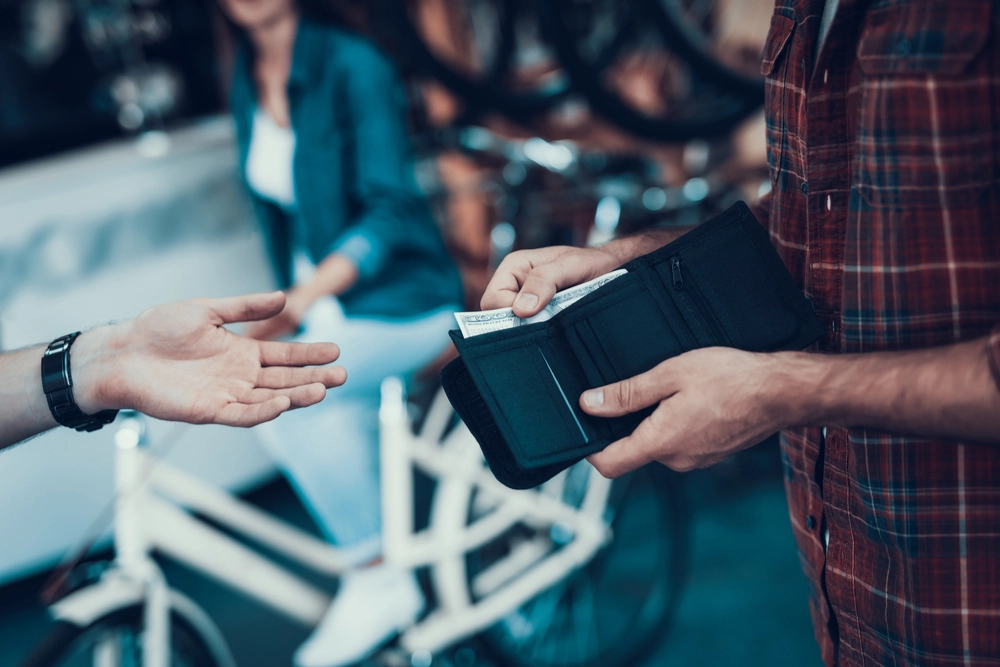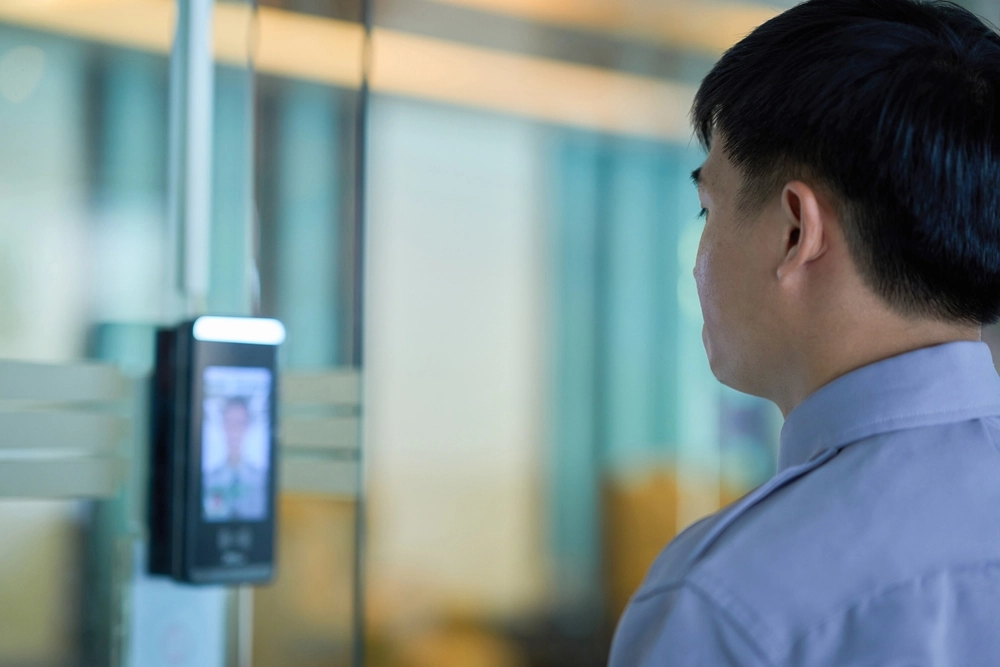Lock down has triggered a growth in home shopping, which was already gathering pace long before the lockdown, but it is feared this increase in van based deliveries could also trigger a rise in emissions.
According to the European Commission, delivery vans account for approximately 12 per cent of overall vehicle emissions, and 2.5 per cent of the total carbon-dioxide emissions of the EU. Clearly, we need an alternative vehicle to offer the industry but it still feels a long way off.
World EV Day was held yesterday, Wednesday 9th September. The fortnightly #EVCafe was hosted by the usual panel of experts and welcomed guests from the EV community. It was an uplifting and positive session, but there is still a long way to go.
The conclusion was unanimous; the tide is turning.
Paul Kirby, Head of LCV and EV Strategy at Vanarama shared the knowledge that 1000 of their van customers were surveyed and 83% would consider have an EV next time but 90% don’t know how to make that transition. This is where we can help.
Here on the Energy and Infrastructure team, we are working with EVSE's and CPOs, land owners and retail landlords who can aid the transition to EV by ensuring adequate charging opportunities are available for van fleets, to remove the reliability on back to base charging. For many delivery drivers, their home is their base and installing home charging can be a challenge and extra cost. We are seeing heightened opportunities with development sites ensuring innovative mobility hubs featuring rapid charging and electric forecourt style options much like the motorway services starting to become a reality. I hope a favourable energy price will be applied for commercial vehicles with solid terms, to make BEV vans a viable business opportunity for many self employed van drivers and larger van fleets.
Without this intervention, emissions will rise
Delivery vans account for 12 per cent of overall vehicle emissions, and 2.5 per cent of the total carbon-dioxide emissions of the EU
European Commission
Last week the SMMT( Society of Motor Manufacturers and Traders) compiled analysis showing that we need 507 new charge points installed each day between now and 2035, and a princely sum of £16.7bn to drive buyer confidence. This analysis points towards an already recognised need to collaborate and take action. We are here to help accelerate that growth.















